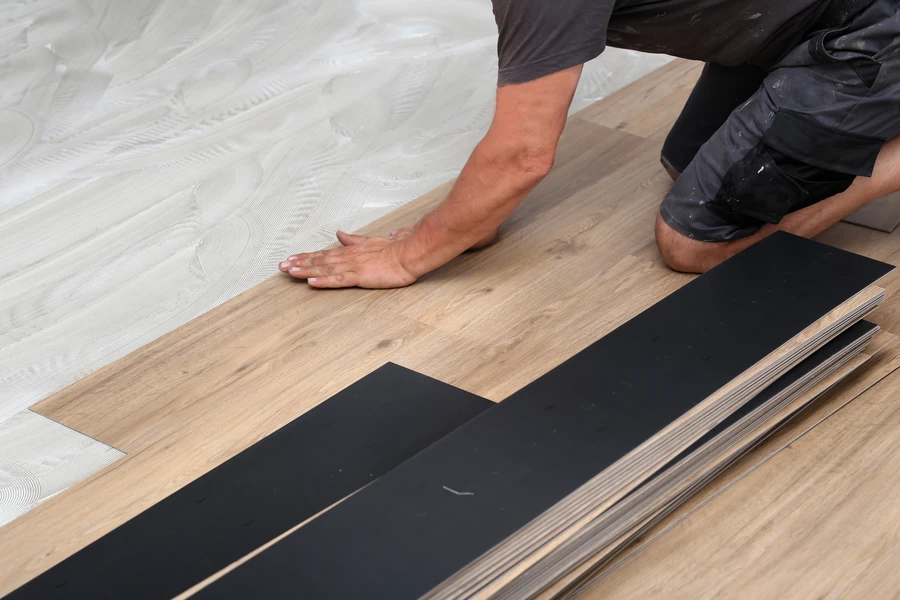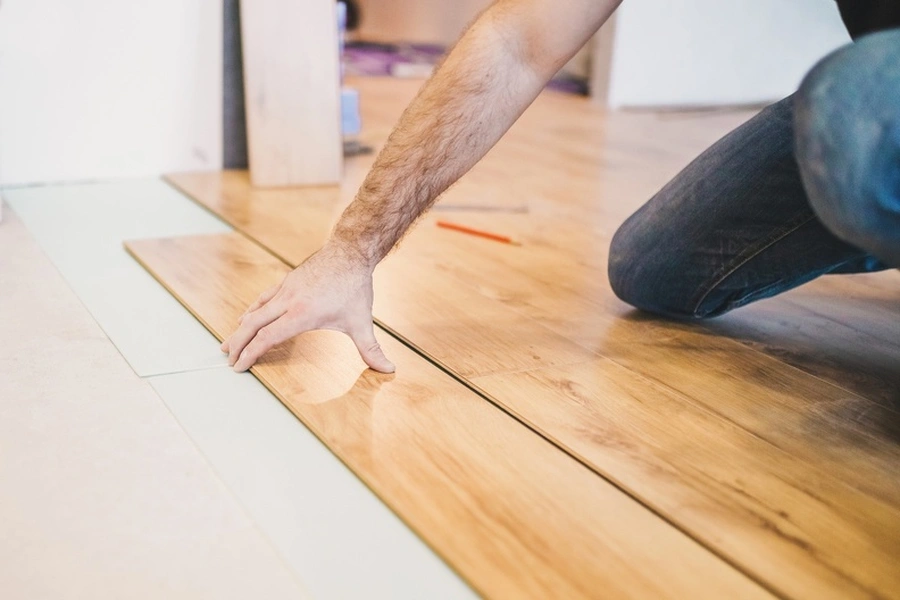Understanding the Steps and Considerations Involved in Your Flooring Project
The process of installing a new floor can seem daunting, especially when you do it yourself. However, with the right guidance and information, homeowners like you can tackle this task with confidence. The focus today is on vinyl flooring installation, a popular choice due to its durability and aesthetic appeal. We will break down each step of the process, address common challenges, and offer expert tips to ensure your project runs smoothly. By understanding what to expect, you can make informed decisions that suit both your style and budget.
The Appeal of Vinyl Flooring
One of the main reasons homeowners choose vinyl flooring is because of its versatility. It mimics the look of more expensive materials like hardwood or stone at a fraction of the cost. Additionally, it’s resistant to water and stains, making it an ideal option for kitchens and bathrooms. With vinyl’s ease of maintenance and long-lasting nature, it’s no wonder many prefer it over other options.
Preparing Your Space for Installation
Before you begin laying down vinyl flooring, proper preparation of your space is crucial. Start by removing all furniture and clearing the area entirely. Ensure that the subfloor is clean, dry, and level. Any imperfections here could affect the final result. Next, gather essential tools like a tape measure, utility knife, and roller to ensure a smooth installation process.
Key Steps in the Installation Process
Understanding the steps involved in laying down your new floors is essential. Here’s a brief overview:
- Measure the area accurately to determine how much material you need.
- Lay out the vinyl sheets or planks without adhesive first to plan the layout.
- Apply adhesive according to the product instructions or use a click-lock system if applicable.
- Place vinyl pieces carefully, ensuring they align correctly and fit snugly together.
- Use a roller to secure the flooring and remove any air bubbles.
Common Challenges During Installation
Despite its benefits, installing vinyl flooring can present some challenges. Uneven subfloors may lead to visible seams or gaps. It’s vital to address these issues before starting the installation. Another common problem involves cutting around obstacles like vents or piping. Using a template can help achieve precise cuts without damaging the material.
Best Practices for a Successful Installation
- Always follow manufacturer guidelines for acclimation before installation.
- Maintain consistent temperature and humidity levels during and after the process.
- Use recommended adhesives or underlays specific to your type of vinyl.
- Perform regular inspections post-installation to catch potential issues early.
Cost Considerations and Value Proposition
When planning your project, consider both the initial costs and long-term value. While vinyl flooring is generally affordable, prices vary based on quality, design, and installation method. Investing in high-quality products might incur higher upfront expenses but can save money over time through reduced maintenance and increased durability.
Your Pathway to New Floors
If you’re planning a renovation project, understanding the vinyl flooring installation process explained for homeowners is critical. This knowledge empowers you to make informed choices that align with your home’s needs and aesthetics. For expert advice tailored to your situation, contact us at (954) 380-4428. Located in Fort Lauderdale, FL, our team at Nacius Tile Installation Corp specializes in providing comprehensive flooring solutions that enhance every home we serve.

